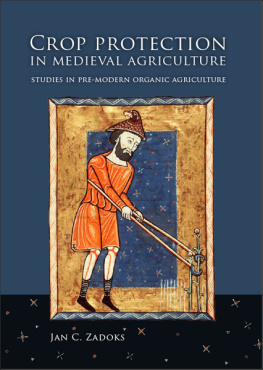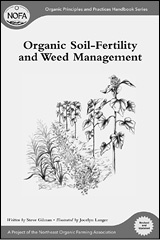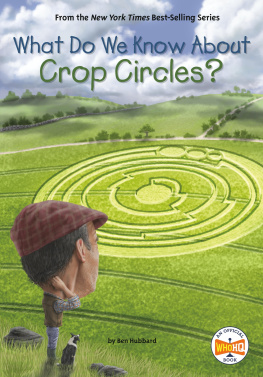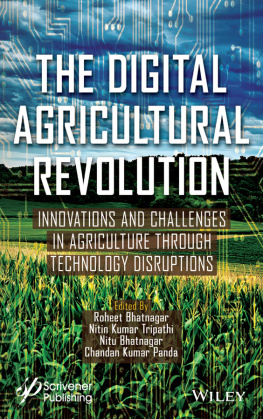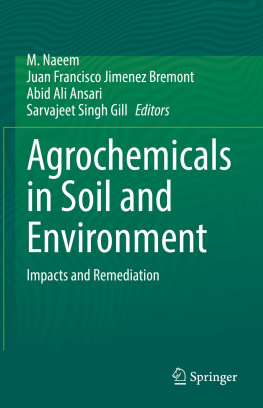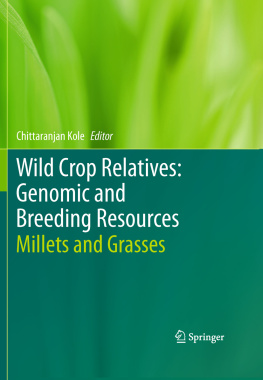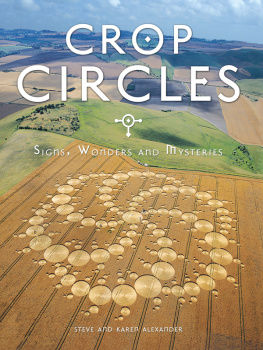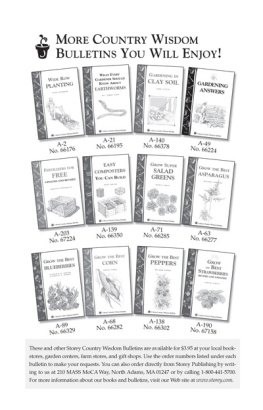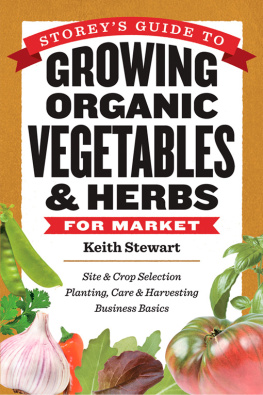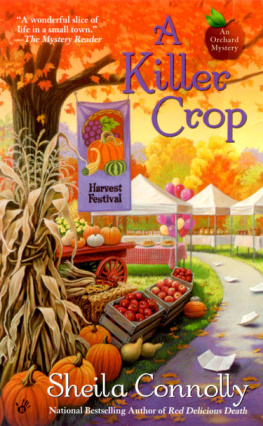2013 J.C. Zadoks
Published by Sidestone Press, Leiden
www.sidestone.com
ISBN 978-90-8890-187-4
PRINT ISBN: 978-90-8890-188-1
EPUB ISBN: XXX-XX-XXXX-XXX-X
PRC ISBN: XXX-XX-XXXX-XXX-X
Photograph cover: July in a Psalter from N France, c. 1180, National
Library of the Netherlands, The Hague: ms 76 F 13, p 7v.
Lay-out & Cover design: Sidestone Press
Contents
Chapter 1
Introduction, pre-modern crop protection
The raison dtre of this book is the contribution of three famous medieval authors to crop protection lore and science. Some predecessors, contemporaries, and followers are mentioned. Crop protection today is a science in its own right but crop protection in pre-modern times was embedded in the then current agricultural tradition, a stubborn tradition indeed. An overview of medieval crop protection is presented by means of a variety of selected examples. This introduction gives an outline of the book.
1.1 Why this book?
Crop protection is, in my perception, a fascinating area of interest. Apart from the biological approach, with its multi-level ecological interactions, there is an economic side, a sociological view, a historical development, and all of these aspects are entwined. In this book I focus on crop protection during the Middle Ages, mainly in the Mediterranean Area ().
The history of crop protection is not an unexplored area. Meritorious reviews cover the field, at least in part, but few are those that gather their harvest from primary sources. Several of these sources are difficult to access, and if accessible they are written in languages not lightly read by a Western public relying on English mainly. Translations, if existent, cannot always be trusted. At times interpretation, or re-interpretation, is needed to solve a linguistic problem.
The delineation of my subject is somewhat arbitrary. What is general crop husbandry, what is fantastication, what is indeed crop protection? To answer these questions I selected a few sheaves, books that I examined in detail, and I reaped some ears, scattered papers, following my fancy. As I collected only what caught my eyes my gleanings are highly personal. Nonetheless, I believe that my harvest provides a general picture of pre-modern crop protection as embedded in general crop husbandry.

Figure 1.1 Map of Europe and the Mediterranean area with locations mentioned in the text. For orientation of the reader the modern country borders and country capitals are indicated.
1.2 The period of interest
In historical perspective modern times begin around 1600. This book focuses on the preceding period, 900 to 1600. Its beginning is marked by the production of an agricultural vademecum, the Geoponika, published ~950 CE in Byzantium (= Istanbul, Turkey) and originally written in Greek. A sequence of agronomic treatises from Andalusia (S Spain) was written in Arabic, and appeared between 1100 and 1450. I chose the Book on Agriculture by Ibn al-Awwm from c.1200. Another famous book on agriculture, written in medieval Latin, On common agriculture, appeared in Bologna (Italy), c.1306.
These books did not appear out of the blue. They revert to predecessors written in various languages among which Arabic, Aramaic, Greek, Latin, Punic, and Syriac. Most of these books got lost in the course of time, but enough material survived to see resemblances, differences, and developments. Illustrious Greek and Roman authors phrased ideas that stayed alive throughout the pre-modern epoch, and beyond.
Some books of our period of interest, especially the Greek Geoponika and the Latin On common agriculture had an enormous effect on later developments in European agriculture. The advent of printing, in Europe just before 1450, opened new perspectives, among which the relatively cheap reproduction of books, in their original language and in translation. The Geoponika and On common agriculture were translated in several north west European languages, amended, and illustrated. More or less new books were published using, today we would say abusing, the names of illustrious authors.
To understand the medieval authors and their impact the student of premodern crop protection has to look backward and forward. Babylonian and Greek sources fall back as far as 700 BCE and before. The impact of the medieval writings is visible well into the 18th and, sometimes, even in the 19th century.
1.3 Crop protection a special issue?
Crop protection as a discipline was an innovation of the 19th century. Crop protection as an area of public interest came into being around 1900, to be developed in the course of the 20th century. Should pre-modern crop protection be seen as a special issue?
Of course, the ancients tried to protect their crops but they did not necessarily consider crop protection as a subject per se. As curative methods were few and of questionable efficacy the emphasis was on prevention. Preventive methods were embedded in general crop husbandry. In this respect, pre-modern agriculture is on a par with todays organic agriculture. Nonetheless, pre-modern authors paid much attention to specific crop protection methods and techniques. Their recommendations are a curious mix of superstition and reason, the latter gradually gaining the upper hand.

Figure 1.2 Time table arranging important sources according to time and language of origin or first publication.
A disclaimer is warranted here. Authors may omit or limit information on matters they think to be general knowledge, shared by everybody, and hence not worth mention. One example is the omission to recommend hand picking of weeds insects, snails, and diseased leaves. It is a nearly sub-conscious gesture of any grower looking at his plants. Hand picking is something that can be readily commissioned to slave, labourer, or child.
Singling crop protection out, separating it from its agronomical context, is an anachronism, a sequel of the analytical approach by the natural sciences in the 20th century. In another framework, the history of science, here the history of the science of crop protection, it is perfectly warranted to turn the spotlight on pre-modern crop protection with its many limitations and its unexpected approaches. Pre-modern crop protection as an area of intellectual interest has a special flavour, it has its own charm.
1.4 The approach
A central position is given to the three publications mentioned above. Lines of continuity from predecessors to successors have been indicated. Where appropriate, authors are quoted translating their own words. Existing translations into English were used when available.
Items of interest were selected with a view to provide a broad overview of pre-modern crop protection, but no attempt was made to be comprehensive. The approach to illustration was eclectic. Medieval books offer a choice of crop and garden plants. However, medieval illustrations related to crop protection are rare. They were chosen from a few handbooks and reference books disregarding the colourfully illuminated manuscripts meant for display rather than for regular consultation. A few photographs of recent situations were added.
sketches pre-modern agriculture with emphasis on Mediterranean practices.
These introductory chapters are followed by the body of the subject matter, arranged in three chapters. are arranged in alphabetical order.
summarizes some tentative conclusions.
Next page
